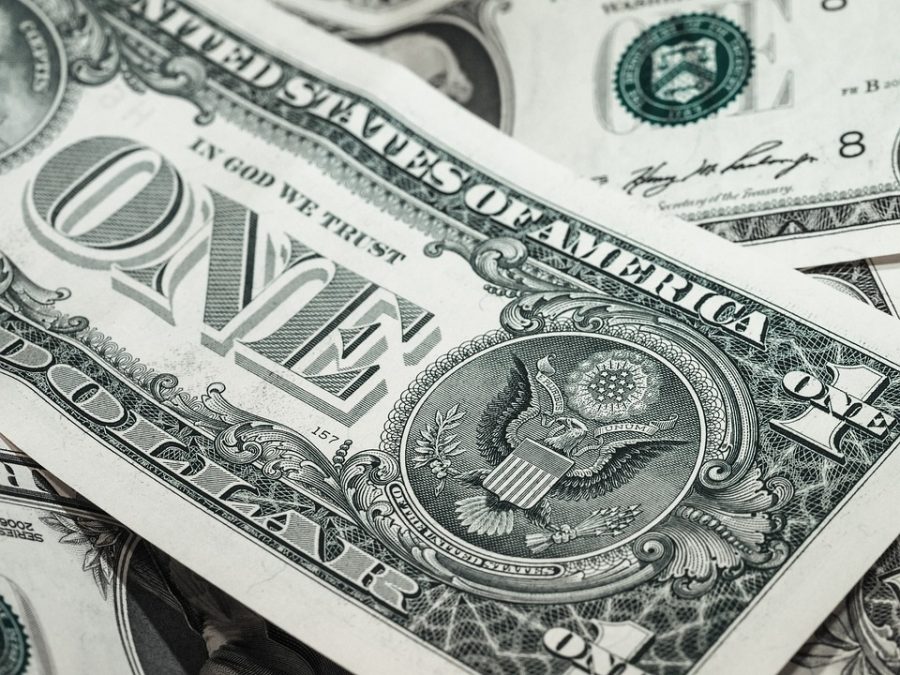Why do we have leap years?
The modern-day Gregorian calendar counts 365 days in a year, but Earth needs about 365 days, five hours, 48 minutes and 45 seconds to circle the sun. By tacking an extra day onto the month of February every four years, we avoid beginning our calendar year too early and seeing a shift in seasons. This keeps us from “celebrating Halloween in the spring, or Christmas in the summer,” according to Grammarly.
Did you know?
“Leap year” and “leap day” are technically two separate terms. Leap day is Feb. 29, a date added to February every four years, whereas leap year refers to the year in which leap day takes place – every fourth year. According to kpcu.com, leap day is recognized differently everywhere, with some cultures, like in Italy and Greece, considering it unlucky, and others holding celebrations in its honor.
What if you were born on leap day?
Babies born on Feb. 29 are known as “leapers” or “leaplings,” according to kpcu.com. Around 4 milion to 5 million people in the world are leaplings. However, Feb. 29 is not considered a legal day. Leaplings have to choose either Feb. 28 or March 1 as their legal birthday.
Will we need leap years forever?
The need for leap years will go away as the days continue to get slightly longer, according to Forbes. Right now, one leap second is only needed every 18 months to keep the seasons from shifting. In 4 million years, leap years will be reduced to nothing, and skipping days rather than adding them might eventually become necessary.




















